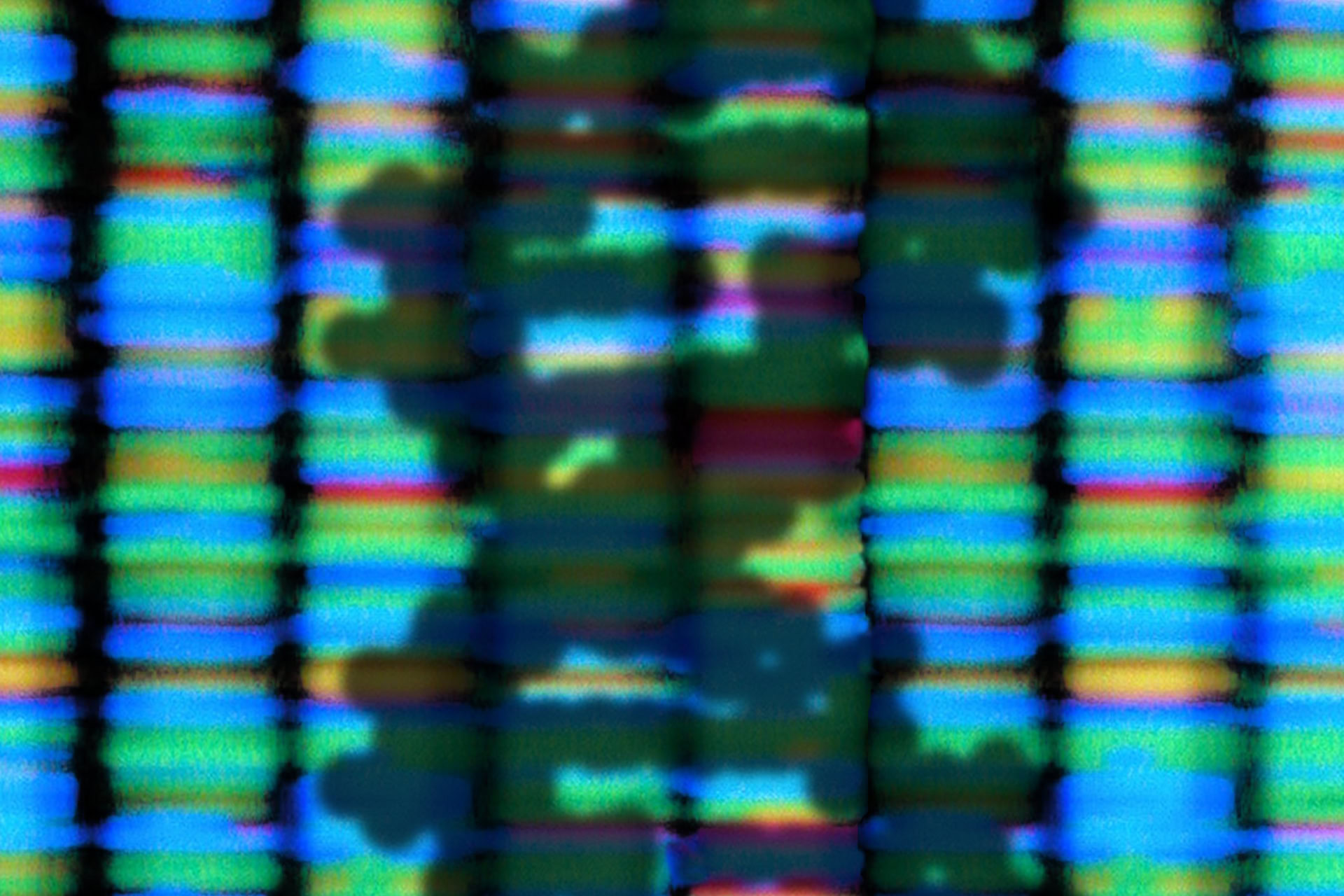Three-week old Jodie Fletcher, the first 'saviour sibling' conceived in the UK, is a perfect genetic match for her three-year old brother, Joshua, who suffers from Diamond Blackfan anaemia (DBA), an incurable blood disorder.
In September 2004, the Human Fertilisation and Embryology Authority (HFEA) granted Joe and Julie Fletcher permission to create a tissue-matched baby to help treat Joshua. The decision followed the HFEA's policy change in this area, allowing couples to use PGD (preimplantation genetic diagnosis) for testing IVF embryos solely to check their suitability as a potential cord blood donor for an existing sick child.
Diamond Blackfan anaemia (DBA) is a rare blood condition that could be cured with a blood stem cell transplant from a tissue-matched donor. Having failed to find a matched living donor, Joshua's parents applied to use PGD to conceive an IVF baby who would be able to provide him with compatible umbilical cord blood cells. Jodie's umbilical stem cells have been collected and are being stored until they can be transplanted into Joshua. Once this occurs, it is hoped that the stem cells will stimulate his body to produce its own healthy red blood cells. However, only one third of the expected number of stem cells was collected and it is not yet known if this will be enough.
Although Jodie is the first 'saviour sibling' conceived in the UK, another British baby has already helped his older brother in this way. In 2002, the HFEA turned down a request from the Whitaker family, who were also seeking to use PGD to conceive a tissue-matched baby to help a sibling with DBA. Michelle and Jayson Whitaker later travelled to Chicago to conceive their son James, born in June 2003, whose umbilical cord stem cells have now been successfully used to help treat their son Charlie.
PGD involves carrying out a genetic test on IVF embryos, usually to select those unaffected by a particular disease, which are then returned to the woman's womb. The HFEA originally refused the Whitakers permission to have the treatment in Britain because the cause of Charlie's DBA was unknown. Some cases of DBA are caused by a mutation in a gene called RPS19, but for most the trigger remains unknown. However, in July 2004, the HFEA relaxed its rules so that families in the same situation as the Whitakers and the Fletchers would be able to have the treatment, as well as those families where a genetic cause for the condition can be identified. The Fletcher decision is the first individual decision based on the changed policy. Future applications for the treatment, said the HFEA, will be looked at according to their 'individual merit'.
Sources and References
-
Irish Designer Baby's Stem Cells a Perfect Match for Ill Brother
-
Designer baby is a perfect match




Leave a Reply
You must be logged in to post a comment.